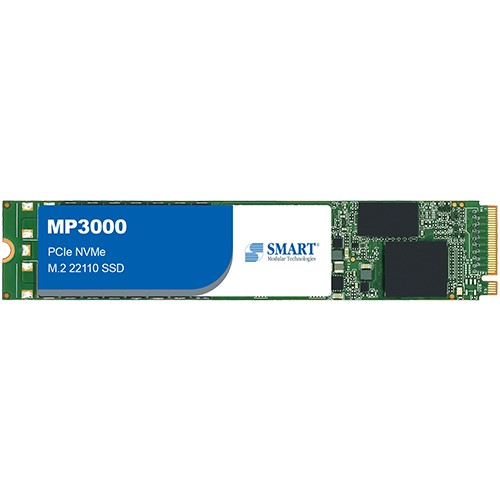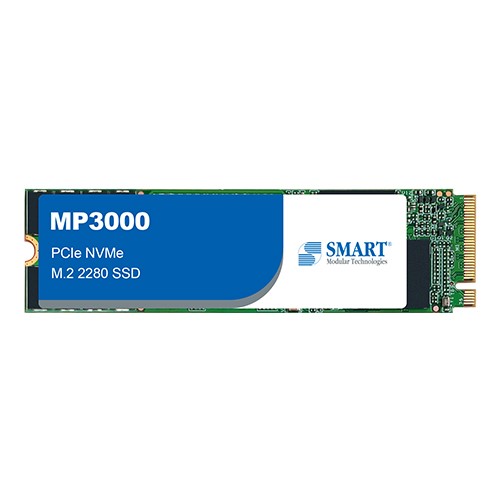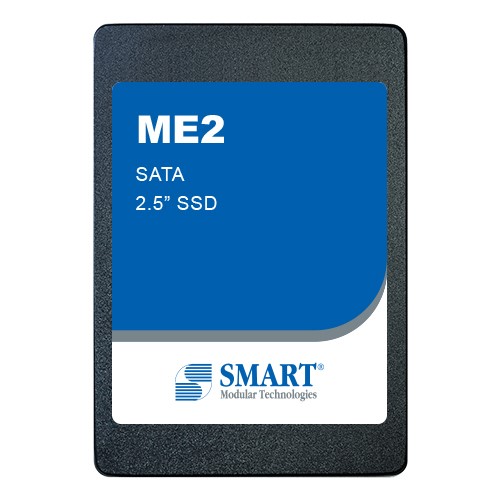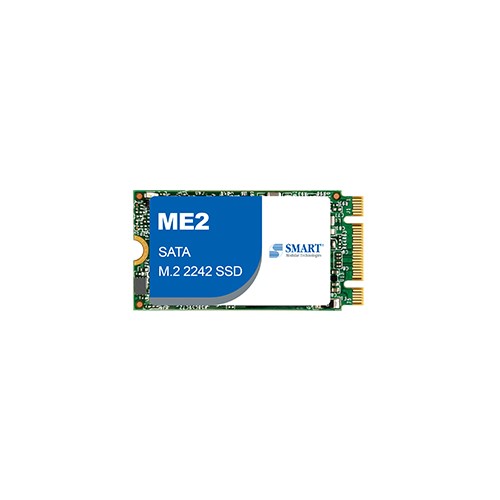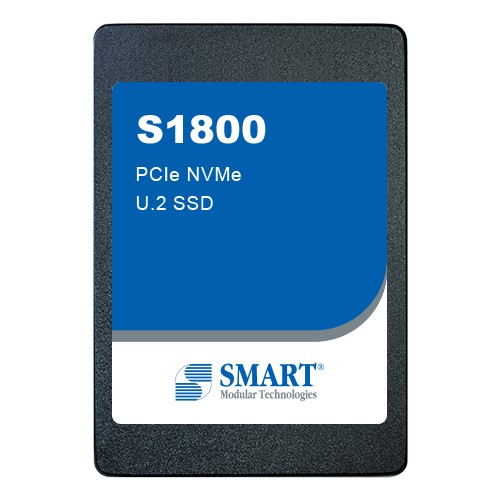End-to-End Protection ensures data is correctly transferred at every data transfer point within an SSD by utilizing Error Correction Code (ECC) and additional protection mechanisms, such as Cyclic Redundancy Check (CRC), to detect and rectify errors.
Why End-to-End Data Protection?
Errors are bound to happen during data transmission. As storage devices grow in size, the data corruption problem is getting bigger. Data gets corrupted all the time, sometimes you will not even notice it.
How Does It Work?
There are multiple data transfer points within an SSD. After the data reaches the controller from the host, it will be handled by either the embedded SRAM or the separate DRAM chip before being stored in the NAND Flash. Error Correcting Code (ECC) and Cyclic Redundancy Check (CRC) mechanisms are implemented at every data transfer point to detect and rectify errors seamlessly. Additionally, LDPC is implemented between the Flash and the controller buffer to efficiently decode and correct errors in TLC NAND for higher stability and P/E cycles.


